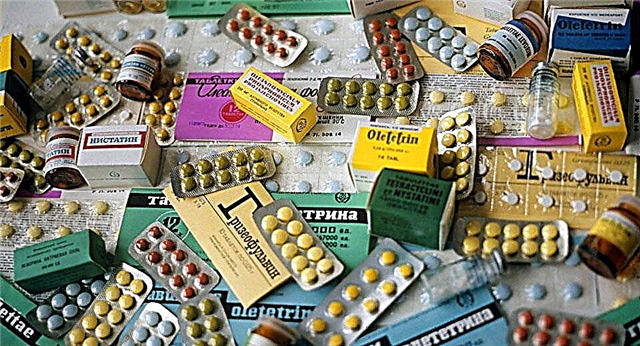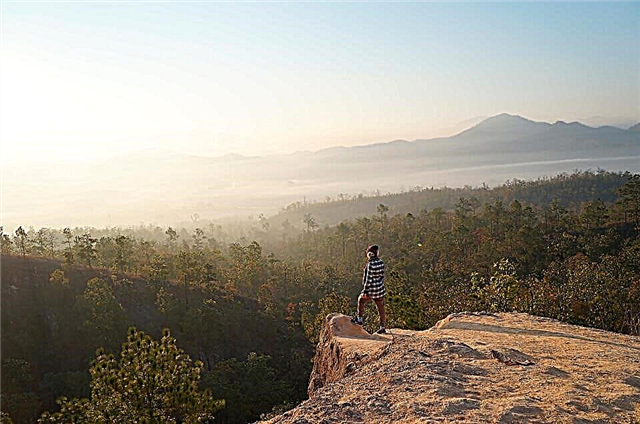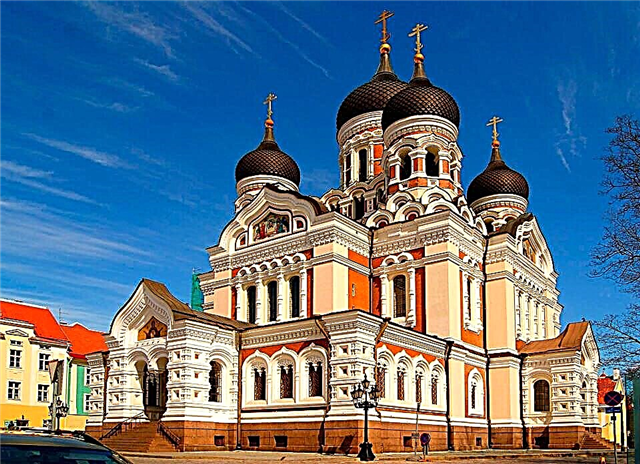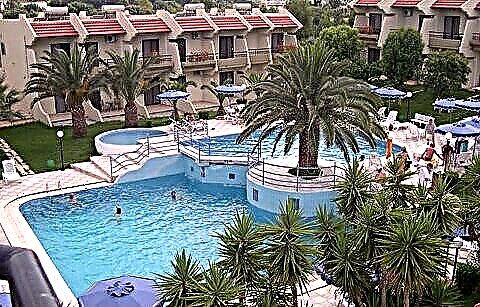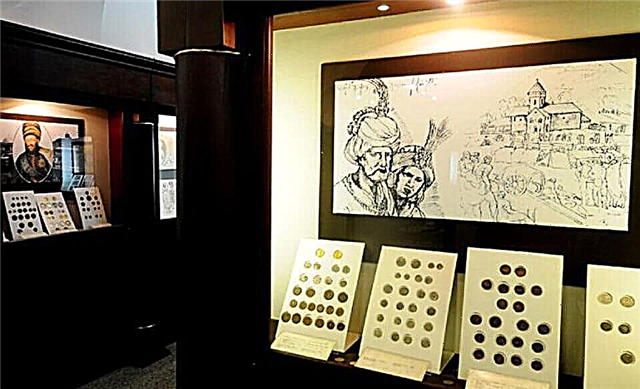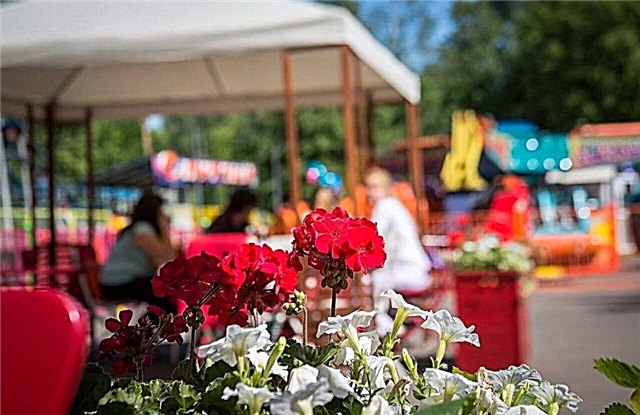Kuzminki Park in Moscow is an excellent resting place at any time of the year. An extensive forested area with spacious alleys and ponds, beautiful architecture, sports and entertainment grounds and clubs make it popular among visitors of all ages. Some play chess, others read, others share their interesting embroidery skills, master the computer. There is everything for an interesting, active holiday with friends and family.
History

The history of the creation of Kuzminki Park goes back to the 16th century. Then this place on the banks of the Goledyanka River was a wasteland belonging to the Simonov Monastery. There was a mill on it, where, according to legend, a certain Kuzma worked as a miller. In 1701, Peter I, having taken away the monastery lands, granted them to his close friend and subject GD Stroganov, a large industrialist who was involved in supplying the army and navy. Under him, the area remained in its original form.
After his death and the taking over of his sons, the construction of buildings began in 1716. First, they erected a wooden church of the miraculous icon of the Mother of God "Blakhernskaya", then a princely palace with outbuildings. A village was formed around the estate, which received the name Vlakhernskoye. The territory was also transformed. The river was blocked off, a cascade of ponds 80-100 m wide was created, which followed one after another, creating the impression of a large full-flowing river.
In 1754, the estate passed to Prince M.M. Golitsyn, who married the only owner of the estate, M.A. Stroganova. Under him, an English landscape park was equipped, rebuilt and reconstructed: a temple, a palace, a pier, stables. The estate got its greatest dawn in the 19th century. The breakdown of the French park, which has a 12-beam structure, was started. The alleys extended from the central circular square, on which the statue of Apollo was erected.
Under the leadership of the architect D. Gilardi, they built magnificent pavilions (Musical, Egyptian), gazebos, a greenhouse, erected triumphal and openwork gates, erected monuments to Peter I, Nicholas I. In 1917, the estate was nationalized and transferred to the jurisdiction of the Institute of Veterinary Medicine. Its employees did not care about the preservation of the unique natural-architectural ensemble: century-old trees were cut down, the buildings were used for their own purposes (for dormitories, laboratories, hospitals).
In wartime, dugouts, trenches were built in the park, tank troops were stationed. The park complex suffered colossal damage. In the 90s of the XX century, restoration began, which continues to this day.
The park today

The recreation area of 375 hectares is located in the south-west of the capital. Most of it is a forest. Here you can walk along paths among centuries-old trees, sit on benches along wide alleys or by a pond overgrown with yellow water lilies, take a break from the hustle and bustle of the city, enjoy unity with nature. For lovers of outdoor activities, there is an opportunity to jog, swim, rent a bicycle, boat or catamaran, ride horses.
There is a skatepark, attractions, outdoor exercise equipment installed. The park offers a rich cultural program: visiting museums (Literary, Old Carriages, Manor life), architectural monuments. Festivals, folk and city holidays, concerts, exhibitions are held on the territory.
Objects of the park and manor
Kuzminki Park is considered one of the greenest protected areas in Moscow. It has preserved the remarkable features of old Russian estates: an unusual connection between buildings and objects with the natural landscape. The first owners, the Barons Stroganovs, then the Golitsyn princes, invited the best architects, masters of landscape decoration for a beautiful estate. Not all objects of the park have survived to this day.
Many of them have been rebuilt. The most interesting are the house on the dam, the Church of the Blakherna Icon of the Mother of God, a horse yard, a round pier. There are several museums in the park area, concerts and flower garden festivals are held in the music pavilion.
Since 2013, it has been supplemented with new territories: Gardeners, Arshinovsky Park, Borisovskie Ponds Recreation Area, 60th Anniversary Park. Kuzminki Park is part of the Kuzminki-Lyublino Museum Reserve. For visitors, 32 attractions, a rope park, a climbing wall, and modern sports grounds have been created.
Museum of Russian Estate Culture

There are many monuments of ancient manor architecture in the Moscow region. Not all of them have survived in their original form, many amaze with their majestic ruins. In the 18th century, the cultural life of the future capital took shape in the old estates.
Lavish balls, concerts, literary circles were born among the walls of rich halls. The Golitsyn estate occupied a special place, and therefore a Museum appeared here, filled with the atmosphere of the life of the owners of that time. The main exposition is located in the building of the service wing and contains furniture, household items, works of art of a wealthy family.
Old portraits, clothes in wardrobes, newspapers completely repeat the old atmosphere. Even the dining table is served with antique dishes, and guests' business cards are located next to each place. Surprise is the last hall of the museum dedicated to dancing. It seems. that the melodies of popular mazurka, polonaise are about to sound. In the corner of the hall there is a famous table with a deck of cards with which Alexander Golitsyn lost to his wife, the famous patron of the arts Razumovsky.
Musical Pavilion of the Horse Yard

The horse yard was built at the beginning of the 19th century on the river bank on the opposite side of the main estate. This is a complex of buildings, which includes stables, outbuildings, fodder, carriage sheds. They are arranged in the form of the letter P around the Music Pavilion. After the restoration work, the Horse Yard continued its activity as a cultural platform (exhibitions are held here) and became the center of the revival of horse breeding in Russia.
The main decoration of the complex is the Music Pavilion. It is easy to recognize him from the copies of the sculptures of the equestrian group created by Klodt on the Anichkov bridge. The pavilion, restored after the fire, reflects the unusual history of horn music in Russia and is a generalized image of the estates of the Moscow region at that time. The Music Pavilion is included in the lists of the world's architectural masterpieces.
Its acoustic capabilities are designed in such a way that the sound effect is enhanced without losing the quality of the sound of the horns. Sounds resembling an organ were heard in all the surroundings of the estate. The primordially Russian history of horn music dates back to 1751 and is associated with the name of the French horn player YA Maresh. The cone-shaped horns were made of sheet copper.
Each of them made only one sound. Horn bands were very popular. Not one country in the world has been able to repeat the secrets of this art. At the end of the 19th century, it completely disappeared. Only in 2002 the Russian Horn Chapel collective was revived in St. Petersburg. Plunge into the atmosphere of Russian heritage is offered here, next to the Music Pavilion of the old estate.
Temple of the Blachernae Icon of the Mother of God

A wooden church was built in the estate in 1720. 40 years later, a stone building in the style of early classicism was erected in its place. After the restoration in 1995, the snow-white church was re-consecrated and filled with prayers of believers. In terms of the elegance of the internal and external interior, the church is not inferior to the architectural masterpieces of Moscow. But its main sacrament is that from 1725 to 1929 there was a unique shrine of the Blakherna Icon of the Mother of God.
Now it has become the property of the Tretyakov Gallery.According to legend, the icon was painted by the Evangelist Luke and was kept in a special Blachernae church. It was built in the 5th century specifically to store the shrines of the Christian world: the Honest Robe of the Virgin, a belt, an icon. There were several copies, one of which was brought from Constantinople (after the fall in 1453) and donated to a famous family of Russia.
Connoisseurs of Old Russian painting strive to get into this temple. Its side-altars are dedicated to Alexander Nevsky (patron of Stroganov), Sergei Rodonezhsky (patron of Golitsyn). The prince himself is buried in this church. Services and baptism rituals are regularly held in the temple.
Manor Santa Claus

A fairy tale that has come true and beloved by all the children of the country is a New Year's Eve. How many magic letters with the most incredible desires children send to Santa Claus. It is not at all necessary to go to his ancient house in Veliky Ustyug. Since 2005, the Moscow authorities have realized a fairy tale in the Kuzminki estate. Here appeared the tower of Santa Claus, the Snow Maiden, his post office, a magic mill, a well, a horseshoe bringing good luck.
Joyful children's laughter sounds here all year round. In the magic forest there is a trail decorated with fairy-tale sculptures. The magic forest itself consists of Christmas trees brought from the patrimony of Santa Claus. The main tree of the New Year's holiday is being set up on Emerald Square.
Fun skating is organized on the ice rink, sparkling with silver. But the main expectation, the receipt of the gift conceived in the letter, will certainly come true if it is sent in a beautiful house called "Santa Claus's mail".
Ponds

There are about 400 ponds on the territory of the modern capital. There were many more of them before. Interesting historical facts, legends, myths are still alive about many of them. Some have survived only in old paintings and engravings. The ponds in Kuzminki still live, although they do not have a special gloss created by the latest technologies for the care of the reservoir.
The cascade of ponds in Kuzminki was created during the life of Stroganov after the 1740s. By his decree, dams were erected on the Ponomarka River and a periodic system of ponds of the same width was formed. The river has acquired a beautiful wide waterway. A picturesque cascade of reservoirs has formed. Guests of the estate, local residents came here for recreation, boating, participation in exciting fishing.
Now the ponds belong to the historical monuments of Moscow and are included in the UNESCO lists. There are four of them: Verkhniy Kuzminskiy, Shibaevskiy, Nizhniy Kuzminskiy, Shchuchiy. It is forbidden to swim in the ponds, but there are boat stations, there are equipped areas for coastal recreation and fishing.
Skate park

The modern park has many elements of its arrangement, intended for people of different ages, unequal sports training. This problem has arisen from time to time in different countries. And surfers from California were able to solve it, when, in the absence of the necessary waves, they invented skateboarding in the middle of the 20th century.
There are grounds for practicing extreme sports using various types of mobile devices. At the same time, it was possible to demonstrate riding on hands, jumping over barriers. Special terms appeared in the names of complex figures, riding technique. There are now about 20 skate parks in Moscow. The most popular of these was the park in Kuzminki, which opened in 2014. He works around the clock. There are trampolines, places for figures performed by sliding.
Amusement rides

On the territory there is the most fun place for children's recreation. 32 names of modern attractions "Kosmik" are located not far from the central entrance and joyful children's laughter is constantly heard from here. Elements for their entertainment include Fun slides, swings, trampoline, children's railway.
In 2013, new attractions were installed here, suitable for joint participation with parents. The rental service offers to take an ATV, boat, bicycle, roller skates or scooters. Horseback riding is of particular interest. The youngest guests of the park enjoy flying boats and airplanes. Older children will master the speed together on a crazy track, armored train, chain carousel.
Rope park and climbing wall

The first rope parks in Russia appeared in the early 1990s. These were places for sports training on obstacles of varying difficulty, located at a height. They appeared thanks to George Herbert (military commander), who was looking for ways for the harmonious development of his personality and borrowed rope structures from the decks of ships.
The three-level rope park is located among the trees growing near the main stage of the park. The trails run at an altitude of 1.5 to 6 m. The climbing wall is located at a level of 9 m. Routes have been developed along: a green track for the age group from 6 years old, height from 120 cm, weight up to 80 kg. Visitors from 12 years old, up to 140 cm high and weighing no more than 100 kg are allowed on the blue track. Participants over 18 years old, with a height of at least 160 cm and weighing up to 120 kg, can walk along the red track.
Playgrounds
Bright playgrounds have long become an indispensable element of parks and ordinary courtyards. Traditional carousels and slides have become commonplace. An unusual playground has been built for children in Kuzminki Park. It contains many unexpected interactive attractions. Among them are fascinating computer games, where control takes place not with the help of the mouse, but by the coordination of one's own movements.
The computer zone is in the open air, but all attractions are reliably protected from weather conditions. Mountains of colorful cubes that are not only stacked, but can be safely climbed by kids. The complication of the elements of the site is organized in a spiral. The hardest rides are at the end. The playground is thought out for the participation of children with disabilities.
Belchatnik

In any park, among the walking alleys, you can meet funny animals that are not afraid of visitors. In Kuzminki Park, a separate cozy area with houses for living has been built for them. All the kids are eager to get to know the four red-haired residents of the park. Here you can find out many interesting facts from their lives, feed them with permitted foods. There is a mini zoo nearby. Various birds, goats, sheep live in it.
Outdoor exercise equipment, workout playground

"Street gymnastics", "Workout" or "workout" refers to an amateur sport. It has been known for a long time and began with the installation of simple horizontal bars, bars. Now the list of workout elements includes modern designs of sports equipment. They are available to anyone.
The main thing is to choose the nearest site with outdoor exercise equipment and use it regularly. The main emphasis in such exercises is on working with your own weight, developing endurance and strength. Street fitness equipment in Kuzminki Park is one of the best street workout sites in the city.
Fauna and flora

The flora and fauna of the forest park is rich and varied. Basically, pine, spruce, birch, linden, elm, oak grow here. Black alder and fir are found. Below, in a tier, there are bushes of honeysuckle, rose hips, viburnum, buckthorn. Plants from other regions have taken root well: Japanese quince, Manchurian walnut, red oak, Virginia bird cherry, black elderberry. Of the herbaceous plants, many are included in the Red Book (snow-white water lily, medicinal purchase, Fischer's carnation, May lily of the valley, etc.)
From animals there are squirrels, hares, weasels, foxes, hedgehogs, moles, voles. There are many fish in the reservoirs: roach, crucian carp, gudgeon. From early spring, bird voices of siskins, warblers, nightingales, kinglets, tits, buntings are heard. The blackbird, the black woodpecker, nests here.
Recreation and entertainment

All conditions have been created for a varied rest. For those who like to spend time actively, there is a running club where participants of races and marathons train.Rollers visit the skatepark with jumps and sliding areas. Every Sunday, the South American Zumba dance classes are held in the open area.
The Sports and Recreation Center has yoga, Pilates, martial arts and other sections. You can rent a bicycle, catamaran, boat, skis, sledges from the rental centers. Outdoor exercise equipment, table tennis tables and a volleyball court are installed for outdoor sports. Those who want to relax in peace can wander through the forest and the park alleys, sit by the Shibaevsky pond, feed the ducks and squirrels. For picnics, there are specially equipped places with barbecues, tables, benches.
Cozy book-crossing pavilions are designed for reading lovers, where they exchange books. Elderly people chat in a gazebo for playing a game of chess or checkers, they are going to dance to the accompaniment of an accordion in the dance pavilions. It will be interesting for children to ride a pony or ride a carriage with their parents, visit an amusement park and playgrounds. Anyone can study for free in English courses and in a theater studio. Concerts, contests, performances of artists are constantly held on the open stage.
Where to have a snack

On the territory there are no problems in search of places for a snack, a full meal. Numerous kiosks sell donuts, pasties, hot corn, ice cream, coffee, and fast food. In the cafe "Mercato", "Pizza" you can taste Italian cuisine. In the cafe "Vera'n'Da" to appreciate the taste of real barbecue. Charcoal meat is served at the Panorama cafe.
Where is it and how to get there
The entrance is next to the Vysota cinema. The public transport stop has the same name. You can get to the park by metro to the station. "Kuzminki", then 5-7 minutes on foot. Minibuses run from the Volzhskaya metro station: No. 4, 633, 522, trolleybus No. 74, bus No. 658.



